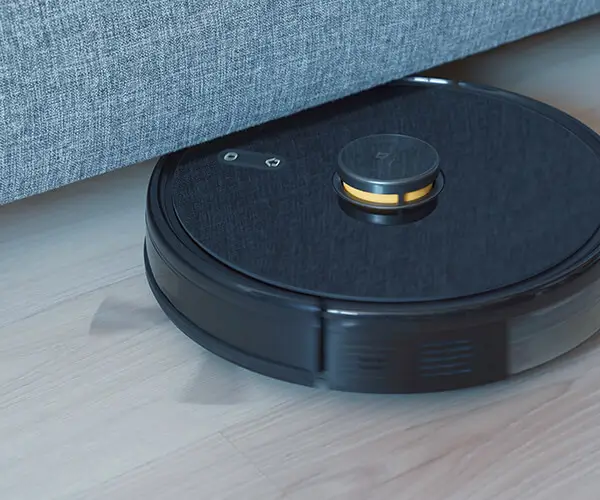Looking into a sensored drone motor controller is like diving into the heart of what makes high-performance drones tick. This isn’t just about wiring up motors and pressing a button; it’s about unlocking precision, stability, and efficiency that can turn a hobbyist into a serious aerial artist or a professional into a reliable operator. When you want to build or upgrade your drone, choosing the right controller can be the game-changer.

Imagine zipping through the sky, navigating tight turns, or executing complex maneuvers. That’s where a sensored motor controller kicks in. It reads signals from sensors embedded in the motor — think of it as the controller’s way of feeling what the motor is doing in real time. The result? Smoother acceleration, quicker response times, and less jitter. That’s like the difference between a roller coaster and a kiddie ride; one’s a smooth, controlled thrill, and the other’s a bumpy experience.
Now, if you’re wondering how this even works—well, think about the motor as a dancer, spinning with a rhythm that only the right controller can follow. The sensors tell the controller where the motor’s at, even if it’s moving at lightning speed. Without this feedback, the drone might stutter or lose efficiency. With a sensored controller? The dance is seamless, the performance sharp. It’s especially handy for applications that demand high precision, like aerial photography or performance racing.
Some might ask, “Isn’t sensorless technology enough?” Sure, sensorless controllers are simpler and often cheaper—but they tend to struggle at low speeds and can produce unstable starts. For serious drone enthusiasts or commercial setups, that’s a compromise you probably don’t want to make. Sensored controllers provide a stable baseline from the get-go, offering more predictable control during takeoff, hovering, or slow movements.
Plus, these controllers are designed with reliability in mind. They often feature robust thermal management, meaning they can handle longer flights without overheating. And they’re adaptable to different motors, so whether you’re working with lightweight racers or larger payload drones, there’s a fit. They’re also equipped with multiple protection modes—short circuit, overcurrent, undervoltage—written into their DNA to keep your gear safe.
Thinking about integration? This controller’s flexible programming options mean fine-tuning for specific missions isn’t out of reach. Some folks love adjusting parameters like acceleration ramps or motor timing to squeeze out that extra bit of performance or efficiency.
What makes these controllers stand out is their ability to give you instant feedback, making every flight more confident and predictable. They’re a crucial component when you aim for reliable, smooth, and high-performance drone operation. Whether it’s recording crisp aerial shots or pushing racing limits, a sensored drone motor controller becomes more than just a part; it’s the backbone of a next-level flying experience.
So, if you’re serious about drone building, if you crave that extra touch of control, or if you're chasing performance that can withstand the chaos of real-world flying—this component might just be what you need. They’re not just a piece of hardware; they’re the silent engines behind your wings, making sure everything runs just right, every time.
Leveraging innovations in modular drive technology, Kpower integrates high-performance motors, precision reducers, and multi-protocol control systems to provide efficient and customized smart drive system solutions.




































